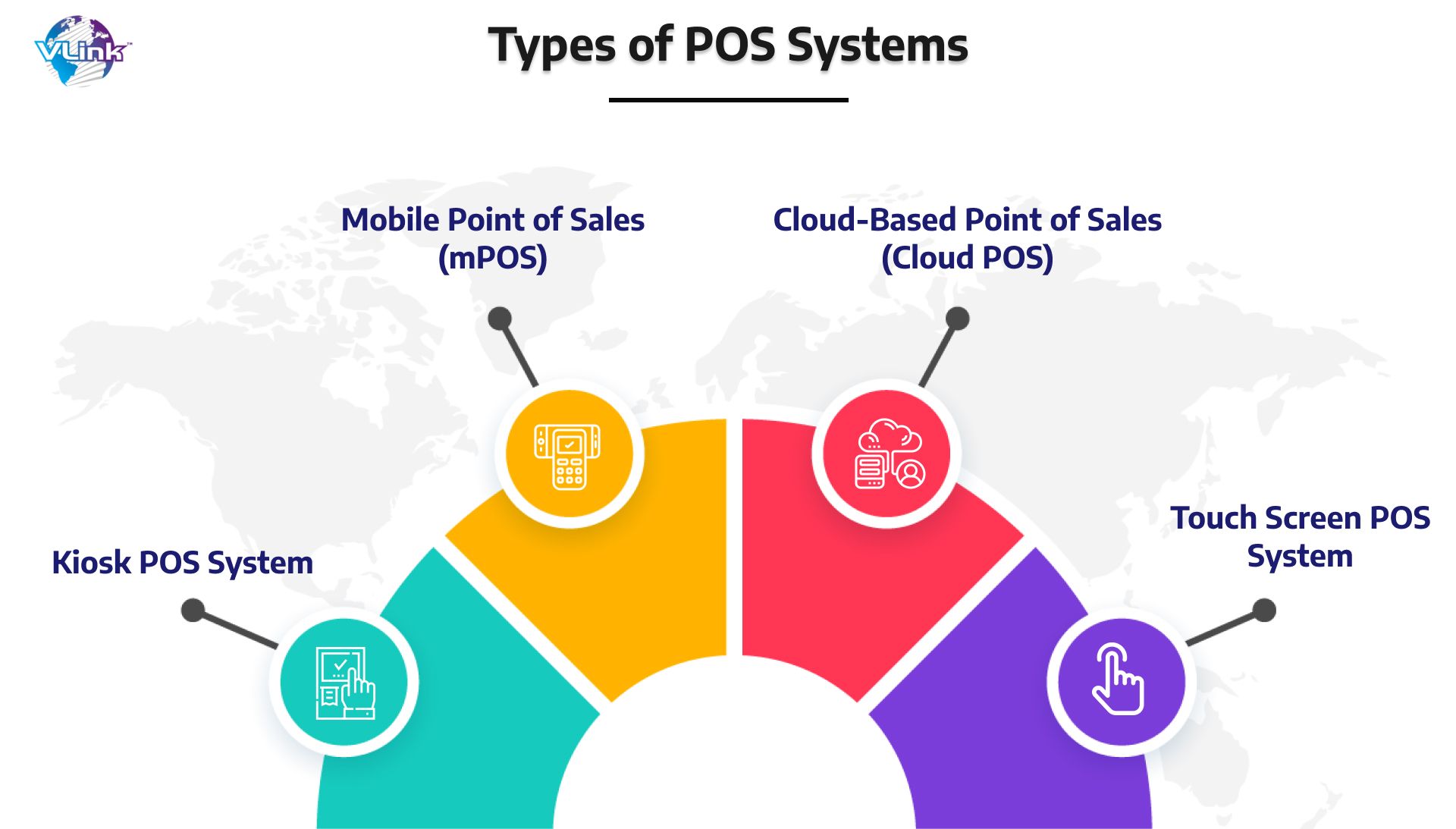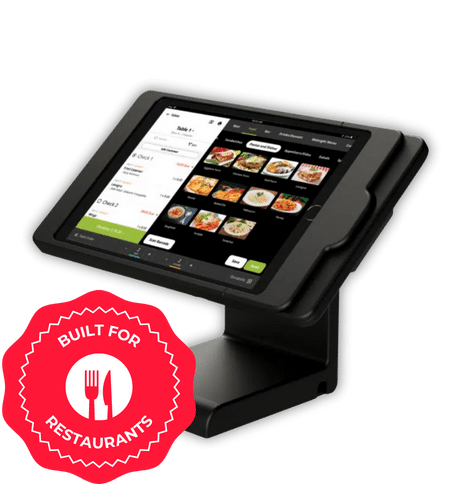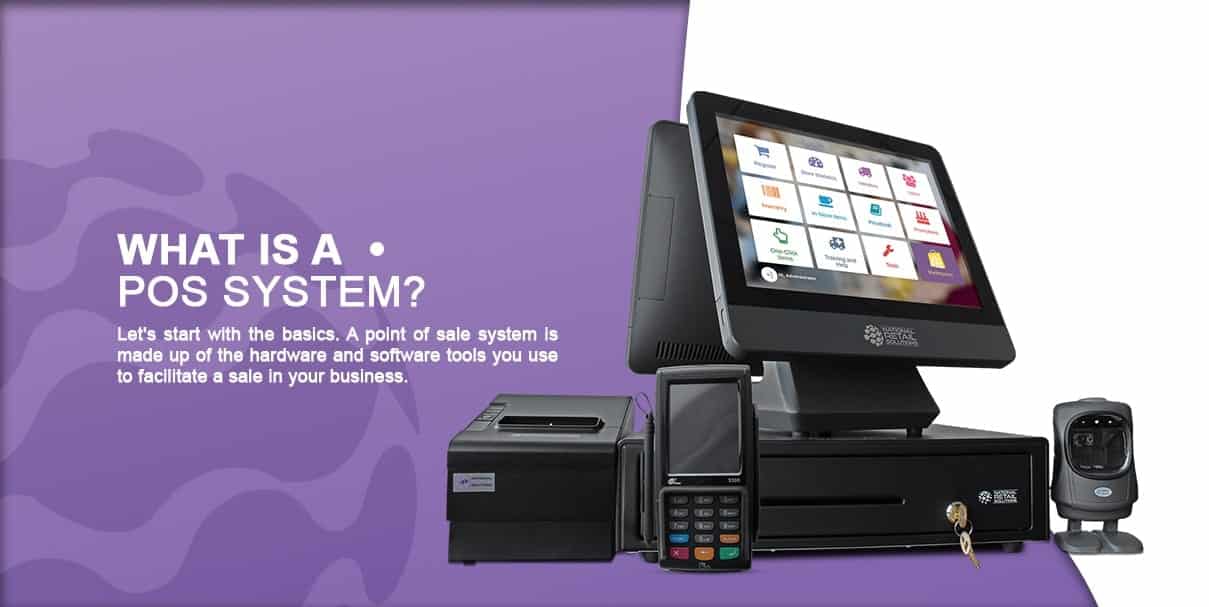How POS System Functions: A Comprehensive Overview for Business Owners

Recognizing the Elements of a POS System

How Sales Purchases Are Refined
When a consumer decides to purchase, the sales transaction launches a collection of methodical actions within the POS system. Initially, the cashier inputs the items being purchased, which are checked through a barcode visitor or by hand gone into. This action gets item information, including pricing and suitable tax obligations, from the system's database.Next, the consumer exists with the total amount due. The POS system after that refines the repayment, whether through cash, charge card, or mobile settlement techniques (Restaurant POS Software). For digital settlements, the POS safely communicates with payment cpus to authorize and confirm the transaction.Once the settlement is validated, the system produces a receipt, which can be printed or sent out digitally. This invoice serves as receipt for the consumer. Ultimately, the purchase information is videotaped in the system, ensuring precise sales documents and financial monitoring for business
Inventory Monitoring and Monitoring

Reliable inventory administration and tracking are vital parts of a POS system, as they guarantee that services preserve optimal stock levels and reduce discrepancies. A durable POS system enables real-time supply updates, mirroring returns and sales instantaneously. This enables entrepreneur to check supply levels properly, making sure that prominent items are readily available while preventing overstocking of less preferred products.Additionally, progressed POS systems offer features such as automated stock alerts and reorder pointers, simplifying the purchase process. Barcoding and RFID modern technology boost precision in tracking stock activity, decreasing human mistake. Comprehensive reporting tools give insights into supply turn over rates, aiding businesses make notified choices concerning acquiring and item offerings. Ultimately, effective inventory monitoring with a POS system not only improves operational i was reading this effectiveness yet additionally boosts client satisfaction by making certain item accessibility.
Examining Customer Information and Insights
Client data evaluation serves as an effective device for companies utilizing a POS system (Restaurant POS Software). By taking a look at and gathering purchase data, services can discover valuable understandings about consumer behavior and preferences. This evaluation allows them to recognize buying patterns, peak purchasing times, and preferred products, thus notifying inventory decisions and advertising strategies.Additionally, organizations can segment their client base, allowing for customized advertising initiatives that satisfy details site demographics or acquiring habits. Understanding client commitment patterns additionally helps in creating targeted promos and incentives programs.The data gleaned from a POS system can additionally disclose understandings into client feedback, allowing organizations to make enlightened decisions concerning item offerings and solution enhancements. Ultimately, leveraging customer data efficiently can boost the general shopping experience, foster consumer satisfaction, and drive income growth
Advantages of Executing a POS System

Often Asked Inquiries
What Sorts Of Services Can Profit From a POS System?
Various businesses take advantage of a POS system, consisting of retailers, dining establishments, hair salons, and ecommerce platforms. These systems enhance purchases, inventory administration, and client data, enhancing functional performance and enhancing client experience across varied markets.
Just how much Does a POS System Generally Expense?
The price of a POS system typically ranges from a couple of hundred to several thousand dollars, depending upon attributes, equipment, and software. Businesses have to think about continuous charges for maintenance, assistance, and transaction processing when budgeting.
Can I Integrate a POS System With Existing Software Application?
Incorporating a POS system with existing software is often viable. Several systems offer APIs or integrated compatibility features, enabling businesses to improve procedures and boost capability by connecting various software program applications successfully.
What Training Is Needed for Staff to Use a POS System?
Educating for team to use a POS system usually includes understanding software program functionalities, refining purchases, taking care of inventory, and handling consumer interactions. Practical demonstrations and hands-on session boost effectiveness and confidence being used the system efficiently.
What Takes place if the Net Drops While Using a POS System?
If the net decreases during POS system usage, deals might be interrupted. Several systems provide offline capacities, allowing fundamental operations to continue, yet complete performance, including real-time stock updates, will certainly be restricted. A Point of Sale (POS) system is composed of a number of crucial components that work together to promote deals and handle company operations. Effective stock management and tracking are necessary here components of a POS system, as they assure that companies maintain perfect stock degrees and reduce disparities. Client information analysis serves as a powerful tool for companies making use of a POS system. Comprehending customer commitment patterns additionally aids in creating targeted promotions and incentives programs.The data gleaned from a POS system can also disclose understandings into client feedback, allowing businesses to make educated decisions regarding product offerings and service renovations. Implementing a POS system provides many benefits that can considerably enhance business procedures.